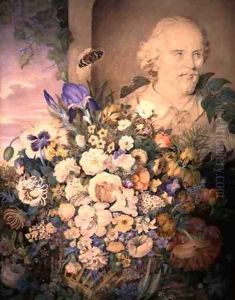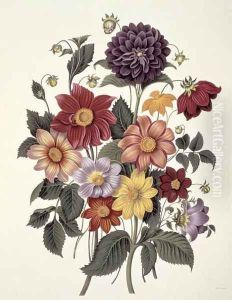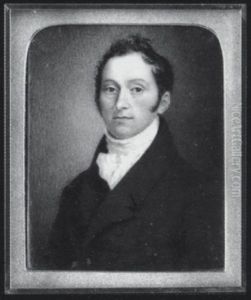Clara Maria Pope Paintings
Clara Maria Pope was an English artist renowned for her exquisite floral paintings, a talent that brought her considerable recognition in the early 19th century. Born in 1775, Pope's artistic journey began in an era when female artists faced significant challenges in gaining recognition and establishing themselves professionally. Despite these obstacles, she managed to carve out a distinguished place for herself among the artists of her time.
Pope's career took a significant turn when she was patronized by the Prince Regent, later King George IV. This royal endorsement not only elevated her status as an artist but also provided her with opportunities to showcase her work to a broader audience. Her ability to capture the delicate beauty of flowers with remarkable accuracy and detail earned her the admiration of both the public and her peers.
Her most celebrated works were often detailed studies of flowers, which were highly regarded for their botanical accuracy as well as their aesthetic appeal. These pieces were not just mere representations but were imbued with a sense of life and vitality that was rare for the time. Through her paintings, Pope contributed to the broader cultural appreciation of botanical art, a genre that was gaining popularity in England during her lifetime.
Beyond her contributions to the art world, Clara Maria Pope's legacy is also marked by the challenges she overcame as a woman in a predominantly male profession. Her success paved the way for future generations of female artists, demonstrating the potential for women to achieve recognition and success in the arts. Pope passed away in 1833, leaving behind a body of work that continues to be celebrated for its beauty and precision. Her contributions to botanical art and her role in advancing the recognition of female artists in the early 19th century remain significant aspects of her enduring legacy.


